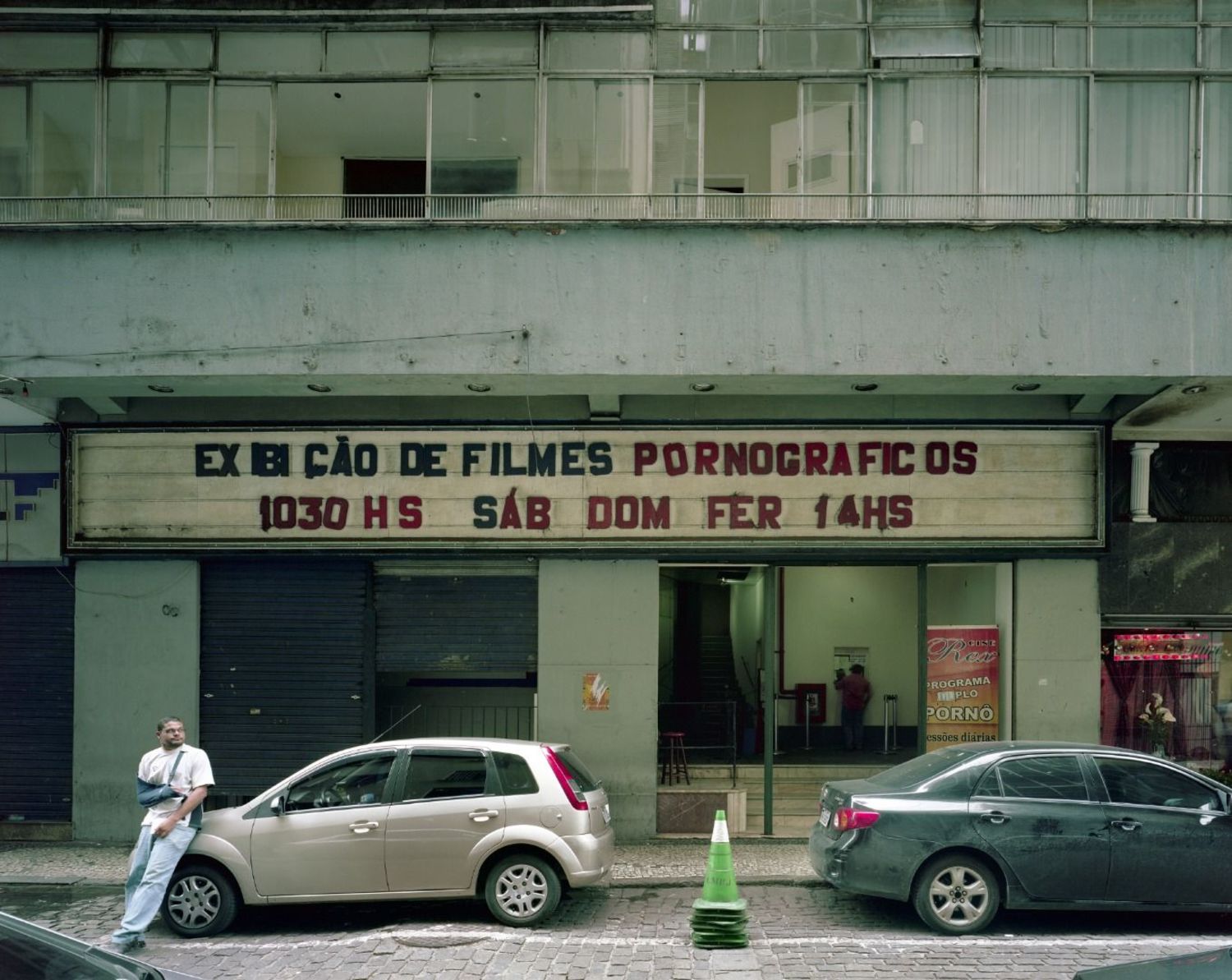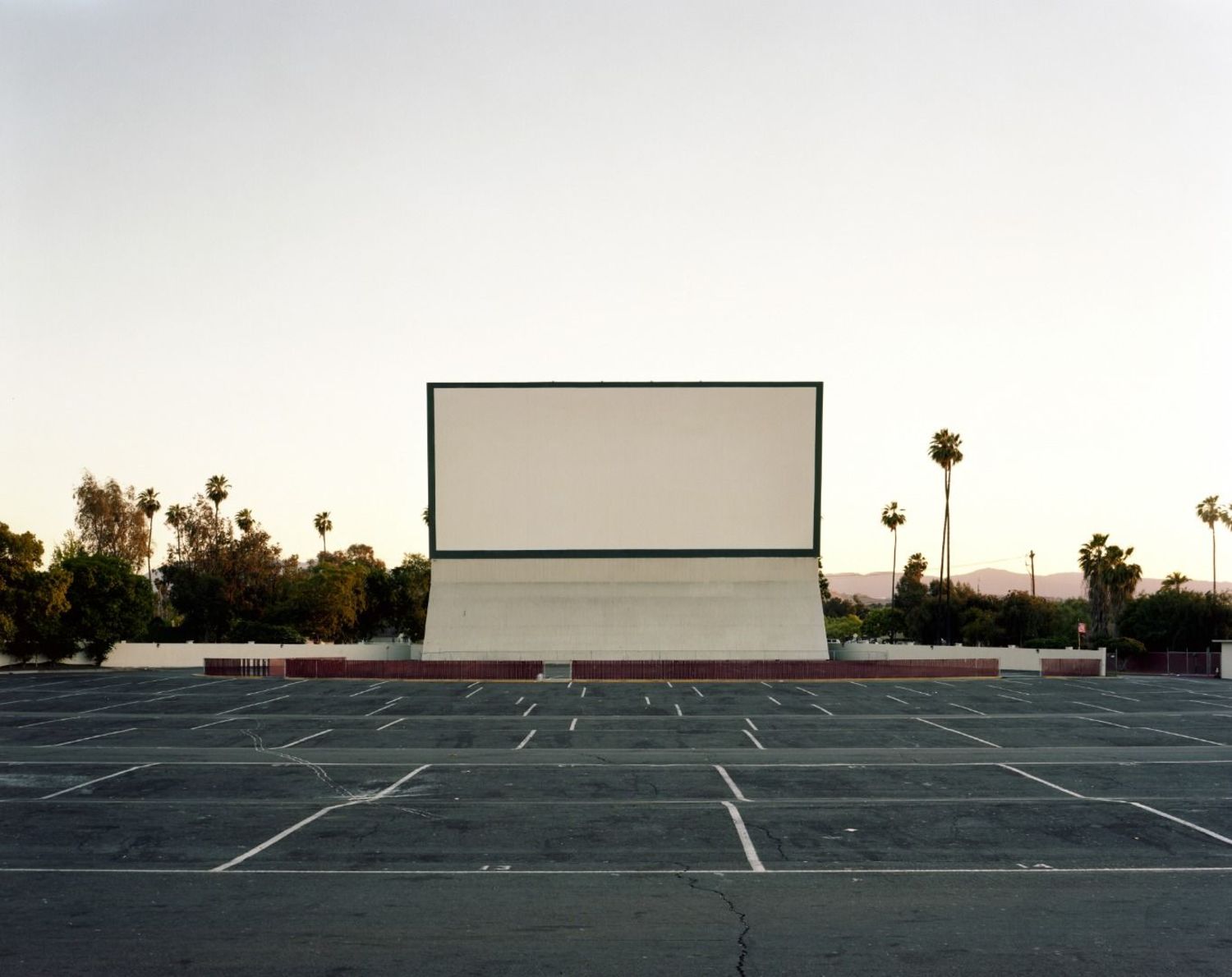In the age of Netflix and on-demand entertainment, the single-screen cinema hall feels much like a distant memory. The days of experiencing films as a communal event are dwindling, and with them, the irreplaceable atmosphere of an evening at the cinema: the anticipation of the trip, the sense of discovery, the hushed thrill of a packed audience. Since 2003, Stephan Zaubitzer has been travelling the world to document cinemas of all shapes and sizes that play (or once played) host to this magical group experience.

The project started by accident when Zaubitzer was struck by the atmosphere of an old cinema he stumbled upon in Burkina Faso when a trip was unexpectedly extended, leaving him with some time to kill. The photographer has since encountered the cinemas of over 12 different countries—along with the rich and varied cinema culture they embody, and the histories they have been marked by, before they vanish all together. “With the arrival of video and television, the very existence of these cinemas is under threat,” he explains. “I started the project in West Africa where, with the exception of Burkina Faso, nearly every country has seen its cinemas close down one after the other.”

In style and scale, some of the buildings in Silver Screen are astonishing. A large sum of the project pays homage to the architectural feats of Art Deco; from the lavish ‘movie palaces’ in the heart of film-land such as California’s Paramount Theatre, opened in 1931 with an audience capacity of 3,040, to the elegant details of the picture-houses of Cairo—known as the ‘Hollywood of the Nile’— to the glamorous interiors of Morocco’s cinemas. A movement that spread worldwide, from Miami to Mumbai and many other places in-between, the striking medley of styles that adorned these ornate interiors reflected the spirit of the Golden Age of cinema: a place where spectacle, fantasy and escapism could be indulged in by a large audience. A journey where, in Zaubitzer’s words, “the rectangle becomes a bustling horizon where your imagination is invited to roam.”

But not all of Zaubitzer’s cinemas bear the grandeur of these palatial buildings. “A cinema is made up of a screen in canvas, plastic, or even in concrete (and not always painted white either!), and of a projection room,” says the photographer. Some are stripped back to basics: a concrete wall outdoors that makes use of the existing landscape and fits into the everyday life of the community that occupies it, or a drive-in that allows you to pull up and park your car. The act of bringing people together in large numbers and creating a shared entry-point to the many brilliant films our world has to offer is the common goal across these communal spaces. “Television tends to provide a cold and solitary emotional experience, whereas cinema provides the warmth of shared emotion,” explains Zaubitzer.

While the photographs are an ode to the beauty and optimism of these near-church like spaces, the emptiness of each image holds a more melancholic undertone; one that mourns their demise. From the crumbling facades of once-alluring cinemas to London’s film-turned-Bingo-halls, Silver Screen documents what is left in the wake of the changes that have irreversibly transformed the movie-going experience. “The cinema defines the neighbourhood it is in as much as the neighbourhood defines the cinema,” he explains. “When a cinema closes down, the whole soul of the neighbourhood is amputated.”

Channeling the devotion of a true cinephile, Zaubitzer has created his own contemplative ritual by shooting in large format on a view camera. “The static image is a means of commemorating and celebrating the heritage of cinema,” he says. “Of becoming attached to the people who work there, the audiences that fill them and of showing their architecture. Of capturing this part of our lives that is under threat.”
































